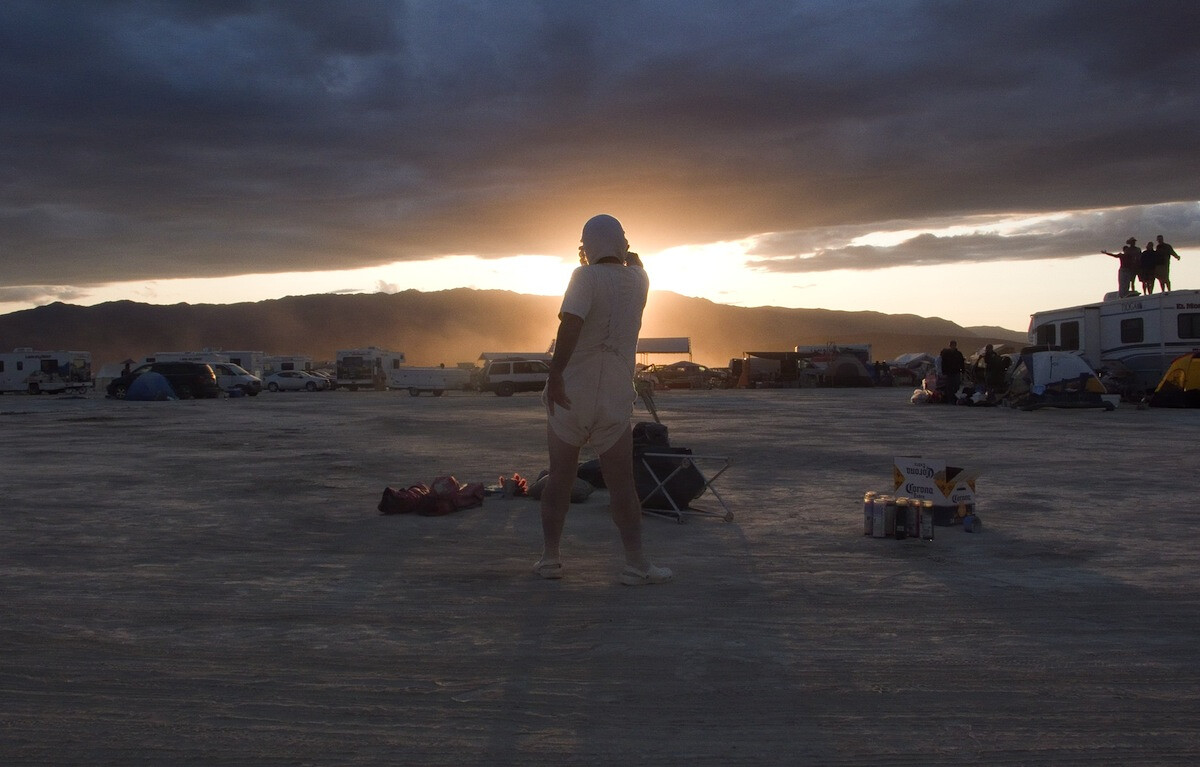It’s After the End of the World. Don’t You Know That?
Theresienstraße 35a
80333 Munich
Germany
Hours: Tuesday–Sunday 10am–6pm,
Thursday 10am–8pm
Accounts of a world teetering on the brink of the abyss characterize not only science fiction films, literature or video games nowadays, but also debates within natural sciences and the humanities, not to mention the daily news. These narratives suggest a present or a near future in which resources essential for sustaining life have become scarce, ecological and political systems have collapsed and economic disparity is exacerbated while quasi war and crises carry on unabated. These post-apocalyptic narratives create a porous fabric in which fiction and fact, projected and experienced, past and present threats seem to be inextricably interwoven. For the most part, these narratives describe a world shortly before or after catastrophic collapse and take humankind’s fragile status as a starting point. Thus, one might say, they continue a seminal modernist narrative, namely the narrative of a self that has lost its ground and place in a world that has long been out of joint. At the same time, post-apocalyptic narrations in the fundamentally permeable fields of documentation, science, fiction or, indeed, science fiction harbor a both critical and utopian potential. For they outline ways in which the existence of human and non-human biotechnological beings and things in what has always been a damaged world can be reflected upon and designed.
Just like its historical precursor, the term “post-apocalyptic realism” refers to this fundamental affinity with the world. In general, realism designates a strain of literary and artistic expressions from the 19th century that tried to capture the multifarious tensions, uncertainties and contradictions of the modern world. As a result, realism developed methodologies that proved to be fundamental down the years for the artistic involvement with and examination of radical changes in the social, technological and scientific field. The splicing of reality and fiction, high-brow culture and its popular counterpart, the techniques of appropriation, caricature and détournement, offer modes of description, of analysis and critique of contemporary conditions up until the present day. A “post-apocalyptic realism” draws on these strategies. In a present dominated by narratives of an impending or, indeed, a social, economic and political catastrophe that has already taken place, it can provide ways to examine and re-evaluate these narratives.
All events are held in English and admission is free of charge.
Download the detailed program at www.museum-brandhorst.de.
Chapter 1
March 17–18
Anja Kirschner: Moderation: Wasted Temporalities, Contaminated Subjects
Dana Luciano: The Memory of Water
Jacky Connolly: Hudson Valley Ruins: Worldmaking and Reenactment through Virtual Filmmaking Practices
Georgia Sagri: my first science fiction book, Religion
Chapter 2
March 24–25
Nina Könnemann: Free WiFi 2
Inka Meißner: Paper cut
Hassan Khan: Blind Ambition
Tanja Widmann in collab w/ Robert Müller, [[[ALTAR:THRON]]], a.o.: CRASHCRACK SLAM BOW
Juan Atkins: R9
Juan Atkins DJ set at Harry Klein (Sonnenstr. 8, 80331 Munich)
Chapter 3
March 31–April 1
Michael Smith: A Voyage of Growth and Discovery: One step forward and two steps back
Helmut Draxler: ”I have survived!“ The Post-Apocalyptic Subject and the Trauma of Psychoanalysis
Peter Wächtler: Kaputter als der Staat 3
Jutta Zimmermann: Family Big Hand
Concept: Tonio Kröner and Tanja Widmann


